There’s an apocryphal story that Alexander the Great once captured a notorious pirate named Diomedes. The great conqueror decided to interview the doomed pirate, asking him what he thought gave him the right to seize the property of other people. The pirate responded by asking the emperor what he thought gave him the right to take property that doesn’t belong to him, including entire countries. The story goes that Alexander thought the pirate very clever, granting him freedom instead of execution.
Other than scale, what is the difference between a pirate and the vast armies of an emperor? Or between a pirate and the great navy of a queen? Were the men who famously traversed the Atlantic actually the heroic explorers we imagined them to be or were they, in fact, pirates? During the early years of what would be known as the Age of Sail, these explorers included Sirs Francis Drake, John Hawkins, and Walter Ralegh.
In The Real History of Pirates, you’ll find yourself looking at world history from a new point of view, realizing that much of what you’ve learned before could—and possibly should—be viewed through a more accurate, post-imperialistic filter. Your course professor, Manushag N. Powell, an award-winning Professor of English at Purdue University, will expose you to new ways of thinking about global interactions, from the West Indies and the Red Sea to the North Atlantic and Indonesia, and beyond. You’ll learn what inspires piracy, why it still flourishes today—and why women sometimes wielded the real power behind the scenes in an enterprise conducted almost exclusively by men.
What Is a Pirate?
Most of the average person’s knowledge of piracy comes from pop-culture portrayals in literature and film. The truth is, we actually have very little reliable, first-hand information about pirates in the 17th and 18th centuries. The trial testimony, newspaper articles, and journal entries we do have lead us to believe the guns and the filth of pirate tales were certainly real, although much else was fiction.
If we cannot identify pirates by their dress or speech—there was no common pirate language, contrary to portrayals in media—how can we identify them? We recognized pirates the same way we recognize any criminal today: by their behavior. But as you’ll learn in this course, there were many types of pirates operating in different sections of the world, some of whom had the backing of a well-established government. Different types of sea-faring marauders include:
Pirates. Pirates are individuals who operate at sea or in coastal areas, committing robbery and looting, kidnapping, or general warfare. Although this course concentrates on piracy in the 17th and 18th centuries, this type of criminality began much earlier and continues to plague parts of the world today.
Buccaneers were pirates fighting the Spanish in the West Indies. Primarily from England and France, they also included Dutch, Africans, and Moskito Indians, all joined by their hatred of the Spanish and desire for Spanish gold. Even when their respective countries were officially at peace with Spain, the buccaneers continued to fight in the Caribbean.
Privateers. Considered more respectable than pirates, privateers were individuals commissioned by governments to carry out semi-military activities against enemy ships. Privateers owned their own armed vessels, allowing their country to extend into waters beyond the reach of its navy. But it was not uncommon for them to go beyond their commission and into the shadier practices of piracy as we recognize them.
Corsairs. As privateers hired by various governments to make war primarily against non-Muslims, corsairs operated in the Mediterranean near the coast of Northern Africa—although one famous raid extended as far north as Ireland. While they certainly looted any ship they could catch, their primary goal was to take captives for ransom and/or forced labor.



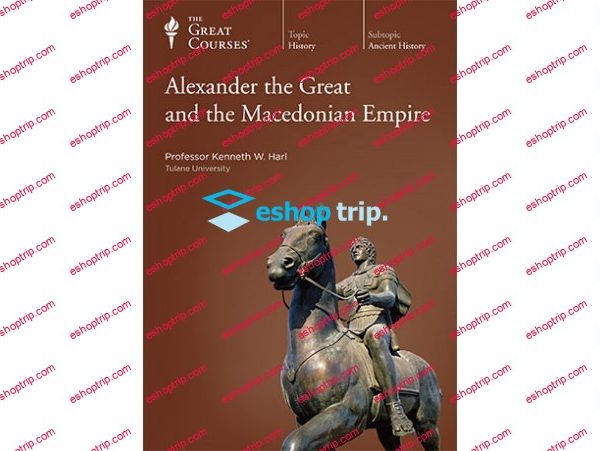
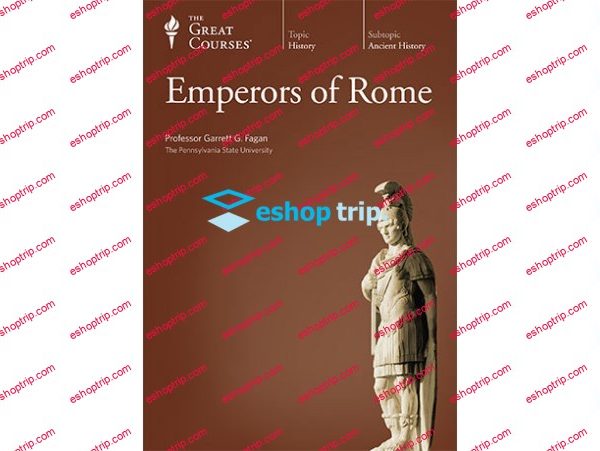
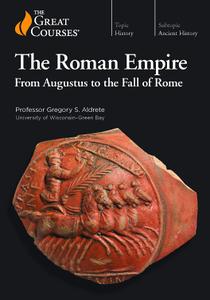
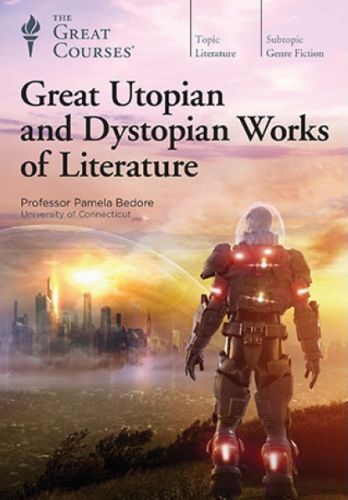


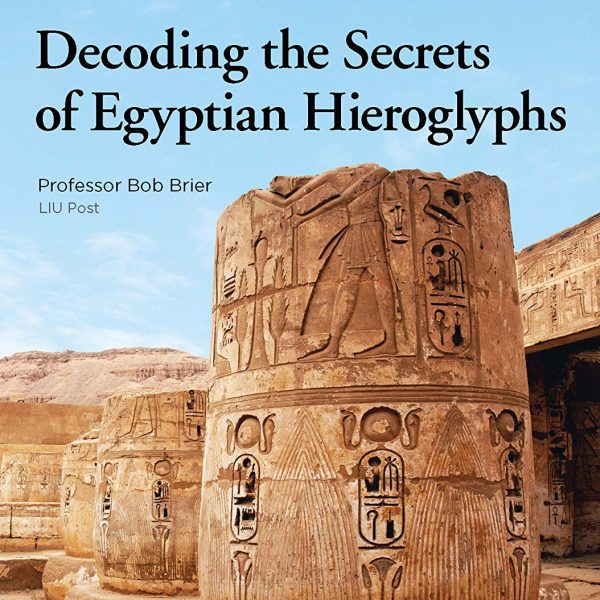

Reviews
There are no reviews yet.